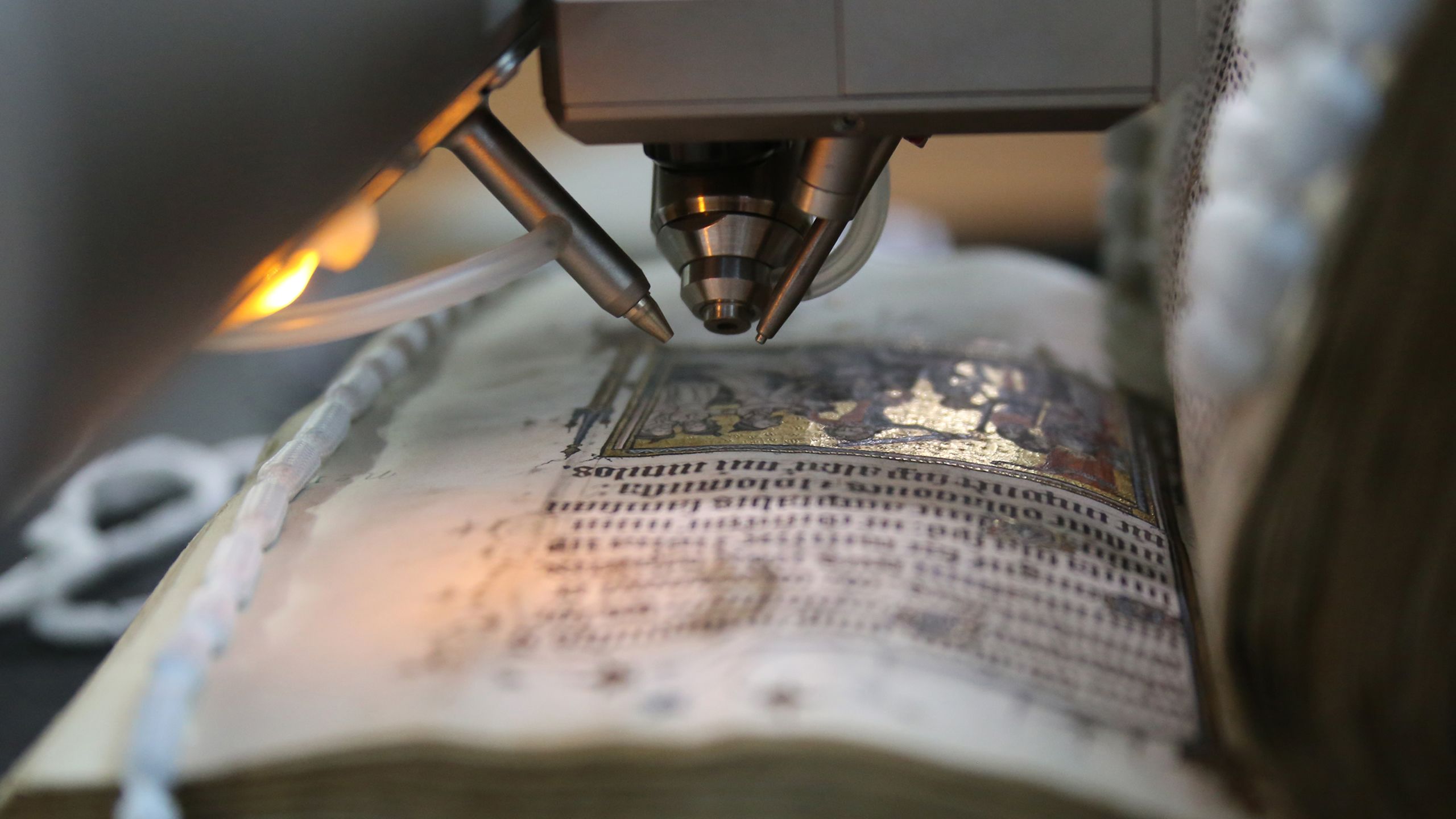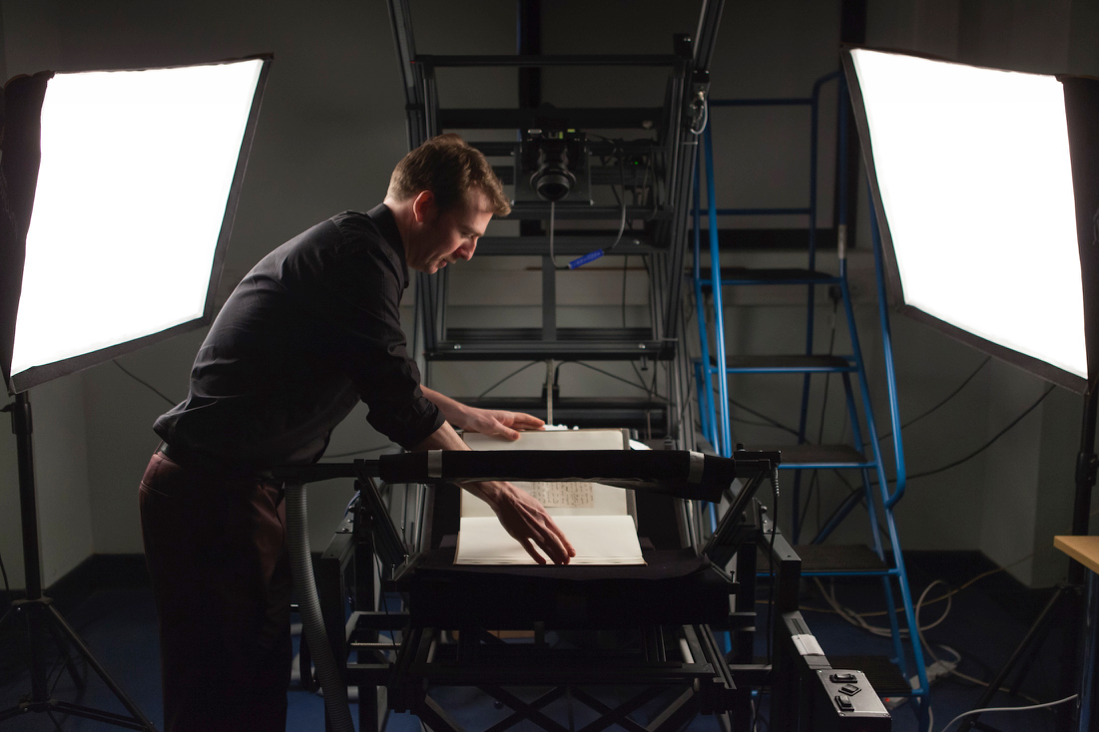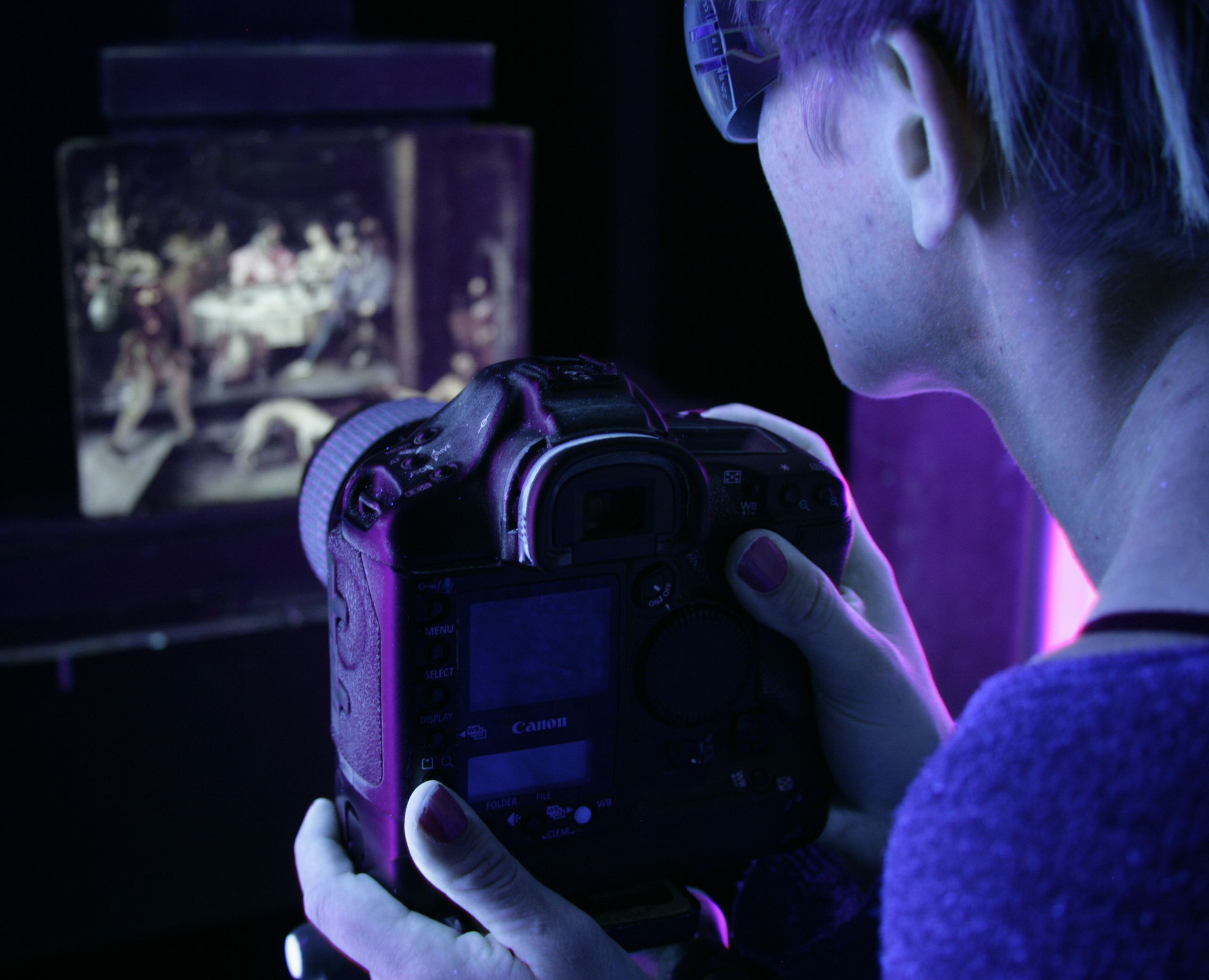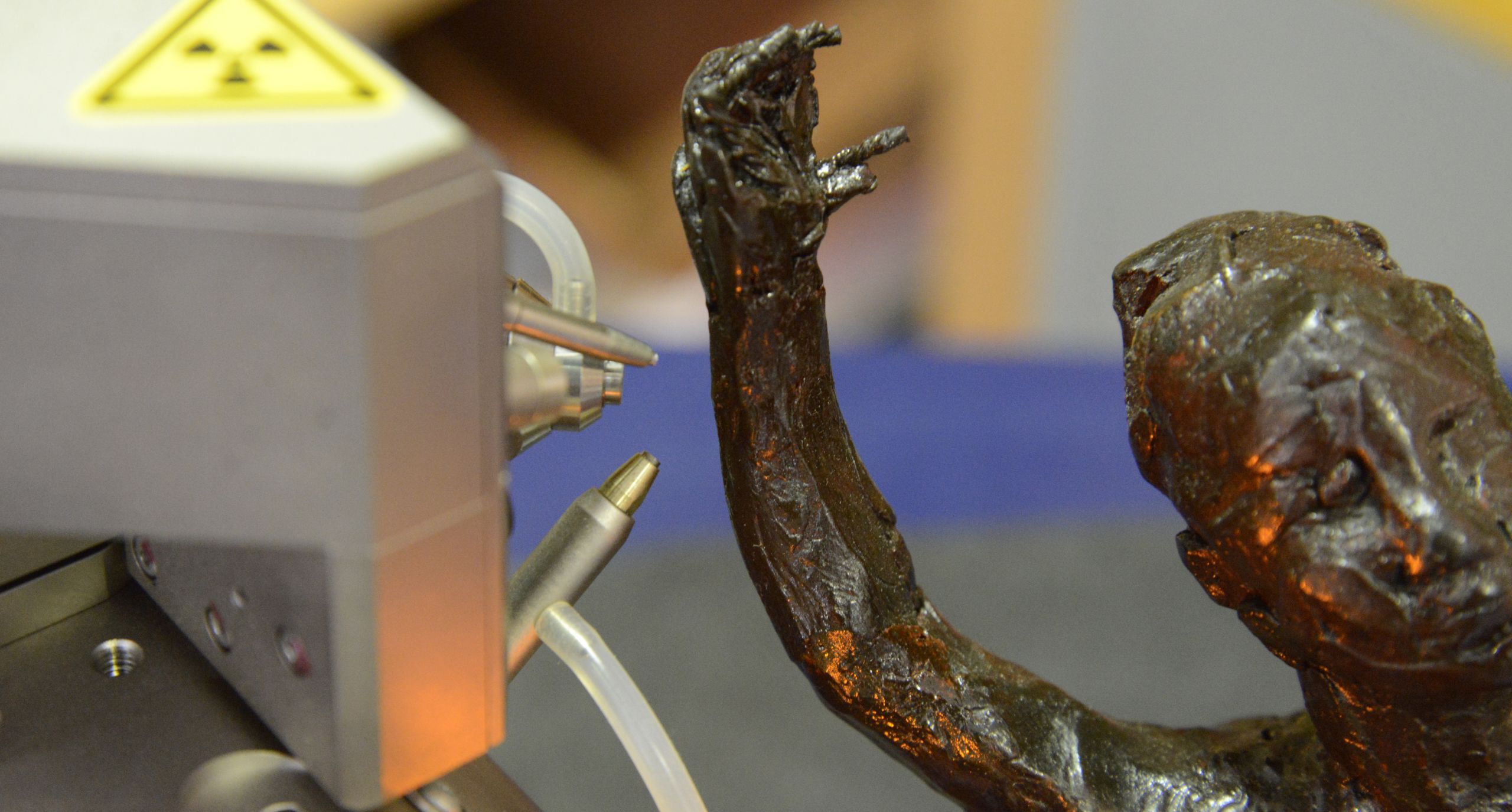Heritage science investment to unveil secrets of Cambridge University collections

The University of Cambridge has been awarded £3m from the AHRC's Capability for Collections Fund to invest in equipment and refurbishment that will enable researchers from across the UK and worldwide to undertake new research into its heritage collections.
The University is home to the highest concentration of internationally important collections outside London, which span the full spectrum of natural and cultural diversity over time and across the world.
This includes paintings by Titian, Monet and Picasso; early hominid tools discovered in East Africa by Louis Leakey; international archaeological and natural history collections; as well as books, maps and manuscripts spanning over 4,000 years of human history and in more than 2,000 languages.

A consortium of five institutions - the Fitzwilliam Museum, Hamilton Kerr Institute, McDonald Institute for Archaeological Research, Museum of Archaeology and Anthropology, and Cambridge University Library - will benefit from this investment. This cross-departmental collaboration was developed within the context of the Cambridge Heritage Science Hub (CHERISH) initiative, recently launched within the Materiality Research Growth Network of the University’s Research and Collections Programme.
The project will be led by Dr Paola Ricciardi, Senior Research Scientist at the Fitzwilliam Museum, with Professor Marcos Martinón-Torres, Pitt-Rivers Professor of Archaeological Science at the Department of Archaeology.
"It is the convening power of Cambridge’s extraordinary collections that makes an ambitious project such as CHERISH possible," said Dr Jessica Gardner, Cambridge University Librarian. "Through this funding, CHERISH can strengthen its foundation for world-leading, innovative Heritage Science research that will be more accessible both to the Cambridge and wider community."
They will work with a cross-departmental, interdisciplinary team, including Dr Suzanne Paul, Keeper of Rare Books and Early Manuscripts at Cambridge University Library; Professor Nicholas Thomas, Director and Curator at the Museum of Archaeology and Anthropology; and Dr Lucy Wrapson, Senior Conservator at the Hamilton Kerr Institute.

The AHRC’s investment in the CHERISH infrastructure will invigorate the existing strong potential for heritage science and materiality research to bridge Cambridge’s collections, disciplines and departments, ultimately supporting wider arts, culture and STEAM agendas through scientific approaches to the understanding of our cultural heritage.
Fitzwilliam Museum Director Luke Syson said: "We’re absolutely delighted that the AHRC has recognised the truly extraordinary opportunities we have to pursue heritage science within Cambridge University. Our CHERISH initiative draws together our collections and research methodologies to investigate the making and histories of art and artefacts from prehistory to the present day and from all over the world. The University’s collections, at the Fitzwilliam, the University Library and the Museum of Archaeology and Anthropology, span all human history, with objects of a range unmatched by any of the great museums in the capital.

"The records in conservation, technical art history and archaeological science research and teaching at the McDonald and Hamilton Kerr Institutes, drawing upon the acclaimed scientific expertise of the larger University, have already made them world leaders.
"This significant investment in Cambridge’s new network will provide the tools and facilities for further, and even more effective, collaborative research that will ensure fascinating new insights into our material past. It’s very exciting indeed."

